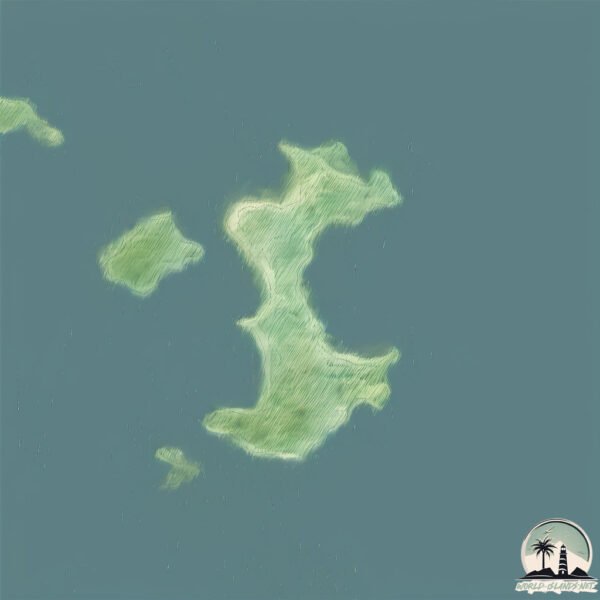Welcome to Ilha de Paquetá , a Tropical island in the South Atlantic Ocean, part of the majestic Atlantic Ocean. This guide offers a comprehensive overview of what makes Ilha de Paquetá unique – from its geography and climate to its population, infrastructure, and beyond. Dive into the details:
Geography and size of Ilha de Paquetá
Size: 1.239 km²Coastline: 7.5 kmOcean: Atlantic OceanSea: South Atlantic OceanContinent: South America
Ilha de Paquetá is a Small Island spanning 1.2 km² with a coastline of 7.5 km.
Archipel: –
Tectonic Plate: Tonga – Part of the Pacific Ring of Fire, the Tonga Plate is known for its deep ocean trenches and subduction zones. It’s located in the southwestern Pacific Ocean and is primarily oceanic.
The geographic heart of the island is pinpointed at these coordinates:
Climate and weather of Ilha de Paquetá
Climate Zone: TropicalClimate Details: Tropical Savanna, WetTemperature: Hot
Climate Characteristics: Defined by distinct wet and dry seasons with high temperatures year-round. Pronounced rainfall occurs during the wet season, while the dry season is marked by drought.
Topography and nature of Ilha de Paquetá
Timezone: UTC-03:00Timezone places: America/Sao_PauloMax. Elevation: -2 m Mean Elevation: -3 mVegetation: Open WoodlandTree Coverage: 36%
The mean elevation is -3 m. Remarkably, this unique island barely emerges above the sea level, showcasing nature’s fascinating interplay with the ocean. The island is characterized by Plains: Flat, low-lying lands characterized by a maximum elevation of up to 200 meters. On islands, plains are typically coastal lowlands or central flat areas.
Dominating Vegetation: Open Woodland
Vegetation: 4 vegetation zones – Diverse Island
Infrastructure and Travelling to Ilha de Paquetá
Does the island have a public airport? no .
Does the island have a major port? no .
The mean population of Ilha de Paquetá is 2487 per km². Ilha de Paquetá is Densely Populated. The island belongs to Brazil .
Continuing your journey, Governador Island is the next notable island, situated merely km away.
ILHA DE PAQUETÁ | O que fazer? Onde comer? Como chegar?
Olá pobrers? Nesse rolezinho fomos a famosa e bucólica Ilha de Paquetá. Aquele bairro da capital do Rio de Janeiro com ...
ILHA DE PAQUETÁ | O que fazer? Onde comer? Como chegar?
Olá pobrers? Nesse rolezinho fomos a famosa e bucólica Ilha de ...
Olá pobrers? Nesse rolezinho fomos a famosa e bucólica Ilha de Paquetá. Aquele bairro da capital do Rio de Janeiro com ...
ILHA DE PAQUETÁ - o que fazer no Rio de Janeiro com preços
CUPOM: TRIPPARTIU / Insider: insiderstore.com.br O que fazer em ...
CUPOM: TRIPPARTIU / Insider: insiderstore.com.br O que fazer em Paquetá? Essa ilha do Rio de Janeiro tem diversos pontos ...
Ilha de Paquetá / RJ - Visto de cima
Belas imagens aéreas da Ilha de Paquetá - RJ. Um tradicional recanto ...
Belas imagens aéreas da Ilha de Paquetá - RJ. Um tradicional recanto turístico da cidade do Rio de Janeiro, a poucos minutos da ...
Brazil is classified as Emerging region: BRIC: Brazil, Russia, India, and China – Economies noted for their rapid growth and increasing influence on global affairs. The level of income is Upper middle income.
News – Latest Updates and Headlines from Ilha de Paquetá
Stay informed with the most recent news and important headlines from Ilha de Paquetá. Here’s a roundup of the latest developments.
Loading...
Please note: The data used here has been primarily extracted from satellite readings. Deviations from exact values may occur, particularly regarding the height of elevations and population density. Land area and coastline measurements refer to average values at mean high tide.

